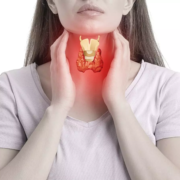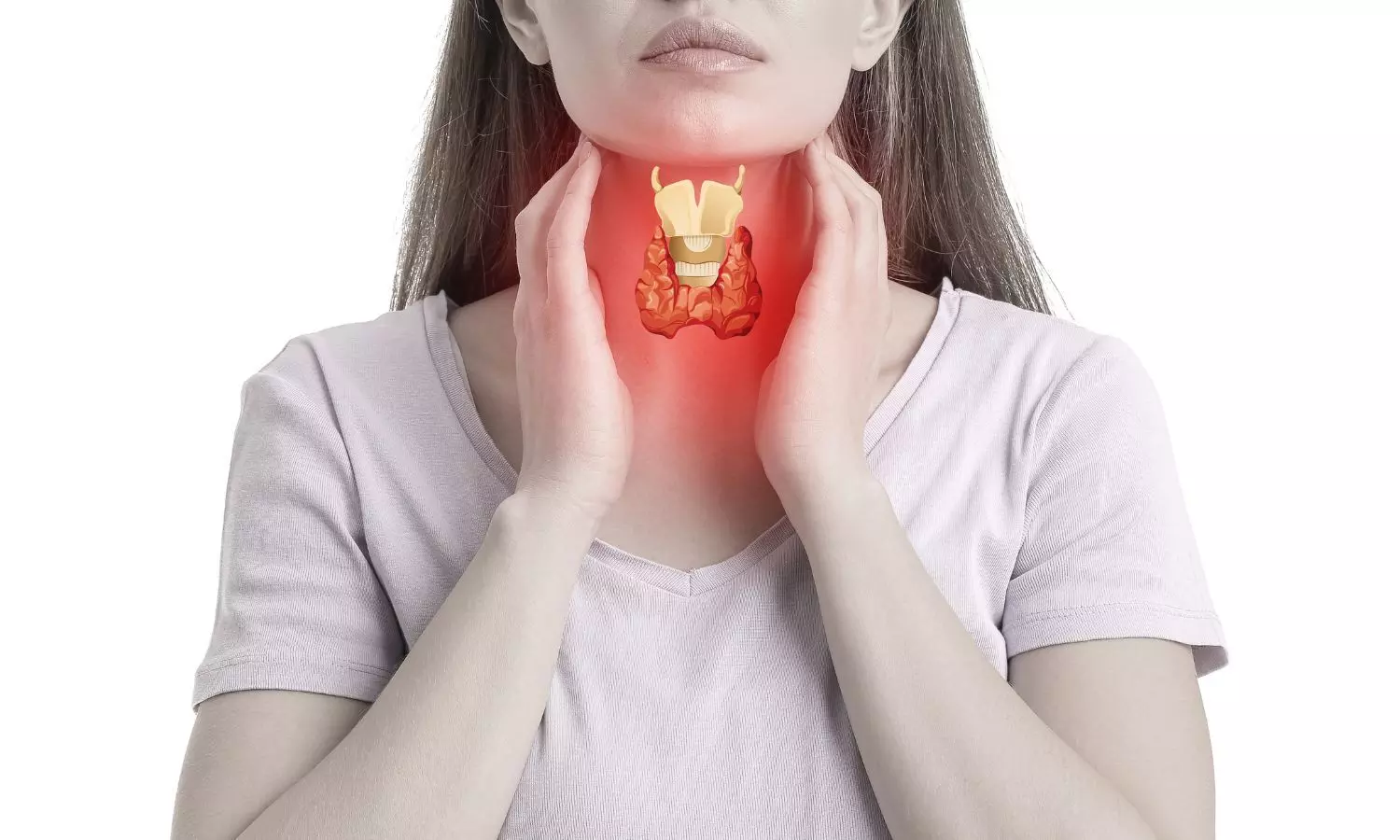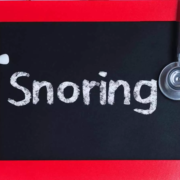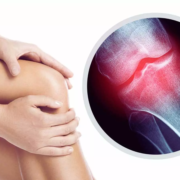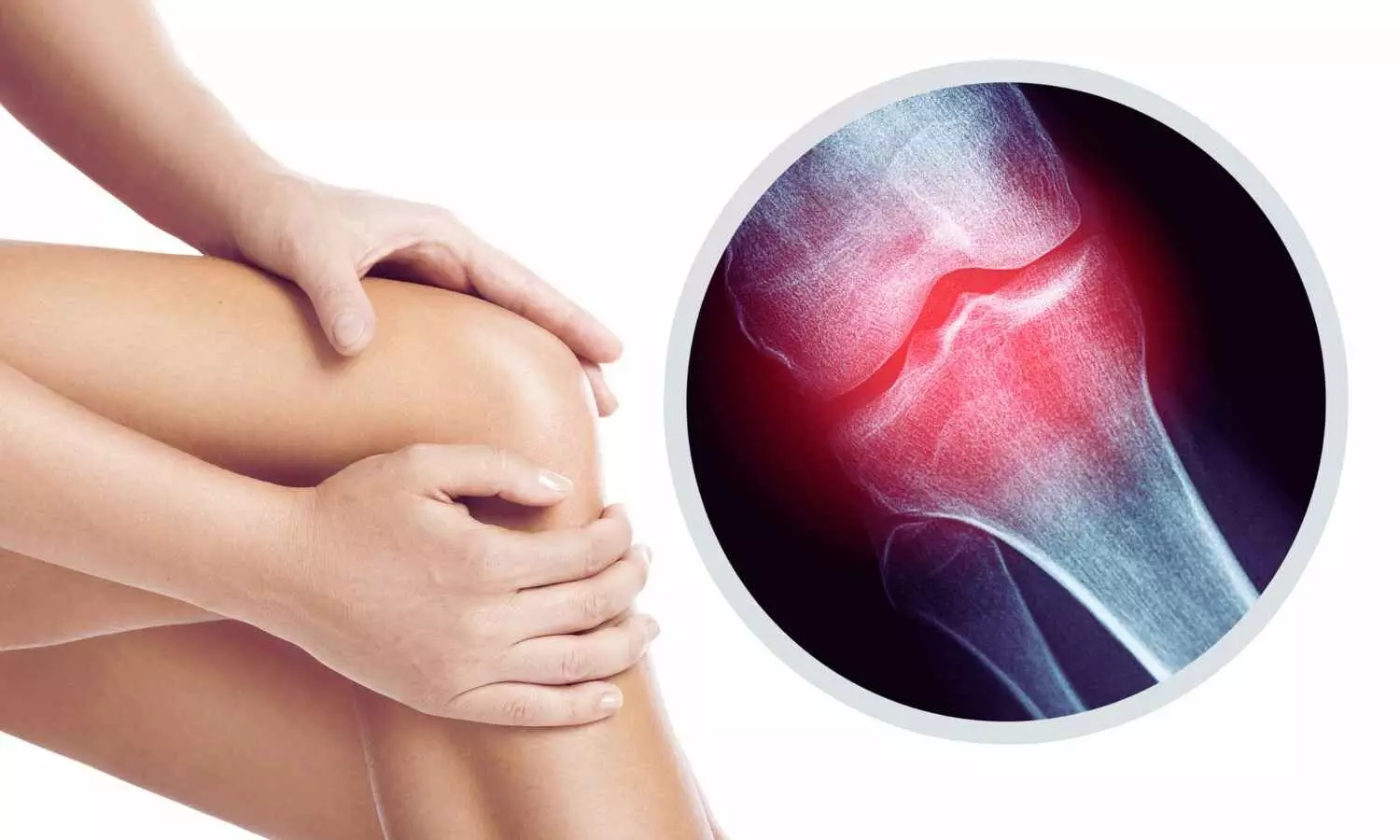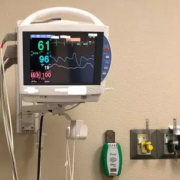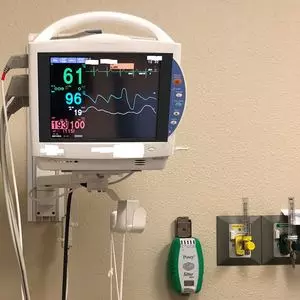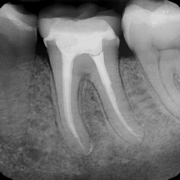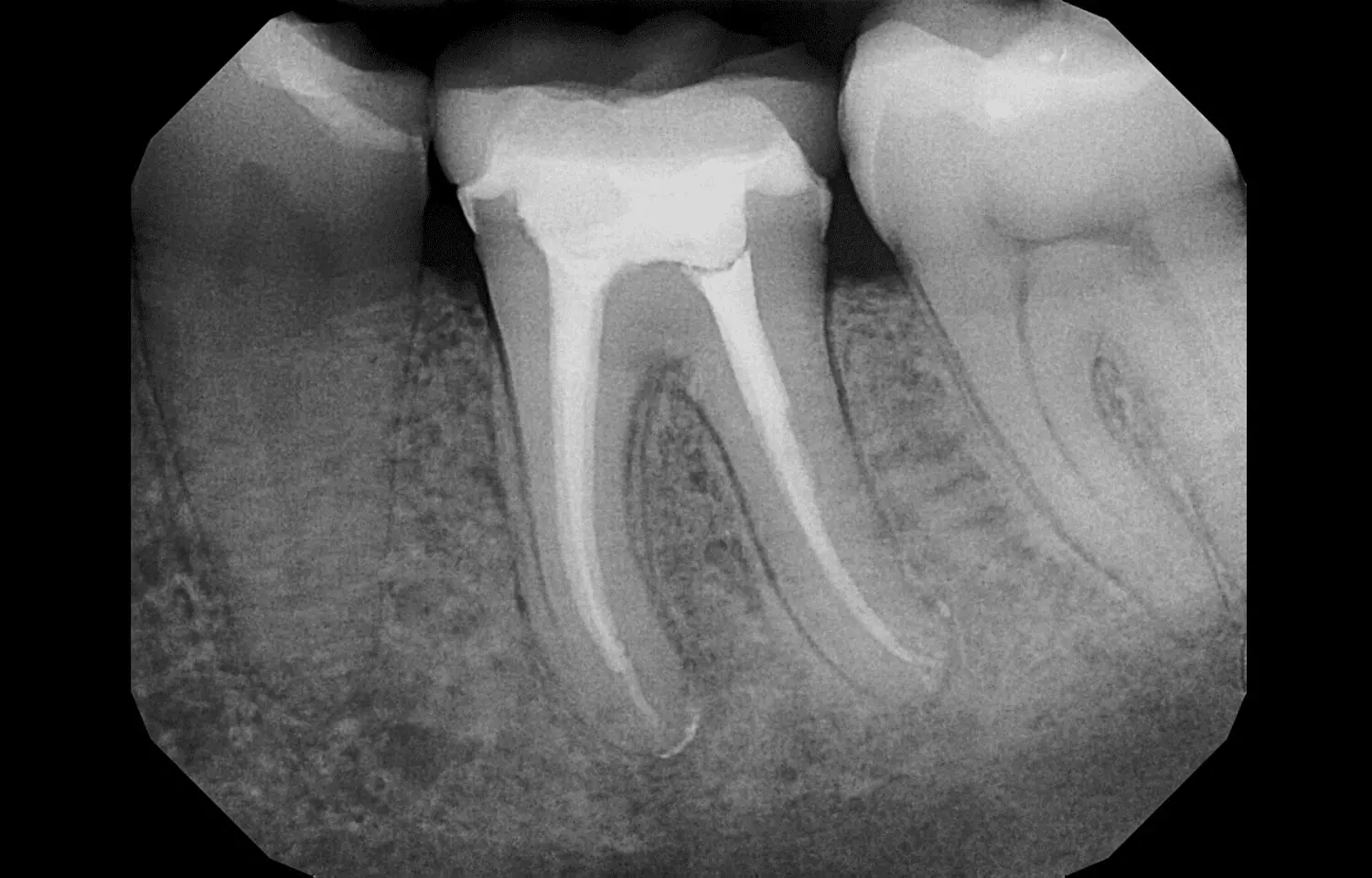
A new study in the International Journal of Hygiene and Environmental Health finds parents’ workplace chemical exposure may be linked to a range of behavioral challenges and developmental delays in their children with autism.
Autism is a neurodevelopmental condition that is marked by challenges with social skills, communication struggles and repetitive behaviors. Autism traits can vary widely in how mild or strong they are.
“Past research explored the impact of environmental factors on the likelihood of a child developing autism,” said Irva Hertz-Picciotto, a co-author and professor in the Department of Public Health Sciences and the UC Davis MIND Institute.
“This study is one of the first to connect parental job exposures to the severity of their child’s autism based on the Autism Diagnostic Observation Schedule, 2nd edition” (ADOS-2),” Hertz-Picciotto said. “The ADOS-2 Calibrated Severity Score is considered the ‘gold standard’ diagnostic assessment of autism,” Hertz-Picciotto said.
Hertz-Picciotto directs the UC Davis Environmental Health Sciences Center and has led a large autism study, CHARGE (ChildHood Autism Risks from Genes and Environment), since 2002. The CHARGE study is funded by the National Institute of Environmental Health Sciences. It includes children with autism or other developmental delays and children with typical development.
Linking parents’ chemical exposures to autism characteristics
In collaboration with the UC Davis CHARGE Study team, researchers from the National Institute for Occupational Safety and Health (NIOSH) studied data from over 500 families in the CHARGE study. They focused entirely on children already diagnosed with autism.
Industrial hygienists assessed both mothers’ and fathers’ job histories from three months before pregnancy to birth. They estimated each parent’s exposure to 16 chemicals or agents. This included plastics, car fluids, disinfectants, medicines and other chemicals.
They then matched the data with the children’s autism severity scores (using the ADOS-2) and their behaviors, cognitive skills and daily living skills.
The researchers found these associations among children with autism:
• Plastics and polymers (like polyethylene, polypropylene and polyvinyl chloride or PVC) are linked to poorer cognitive performance, reduced adaptive skills and increased behavioral issues like hyperactivity and social withdrawal.
• Ethylene oxide, a chemical used for sterilizing, is linked to higher autism severity scores and weaker daily living skills.
• Phenol exposure is tied to increased autism severity and behavioral symptoms like hyperactivity, repeated movements or vocalizations.
“Our findings suggest that parental exposure to certain workplace chemicals during key fetal development periods may influence not just autism likelihood, but also severity and functioning outcomes for children with autism,” said lead author Erin McCanlies, formerly with NIOSH’s Health Effects Laboratory Division.
The authors noted important limitations to the study. The number of families may have been too small to find links for less common exposures. The exposure estimates relied on reported job histories and expert judgment, which might not reflect actual exposures. Lastly, while certain agents showed associations with certain autism traits, the study did not prove that those chemicals caused the traits.
Lessons learned and research needs
The authors say more research is needed to understand how these exposures impact brain development. They also call for including fathers in similar studies on reproductive health and child neurodevelopment, as many associations in this study were linked to paternal exposures.
For instance, the strongest cognitive deficits for children with autism were linked to fathers’ job exposures to plastics and polymers. These exposures correlated with significantly lower skills, including fine motor, visual reception, receptive language, and expressive language.
“This research shows that workplace safety isn’t just about protecting the worker — it’s also about protecting their future children,” said Hertz-Picciotto. “We must consider how workplace chemicals might affect the next generation.”
Reference:
Erin C. McCanlies, Ja Kook Gu, Claudia C. Ma, Wayne T. Sanderson, Yunin J. Ludeña-Rodriguez, Irva Hertz-Picciotto, The effects of parental occupational exposures on autism spectrum disorder severity and skills in cognitive and adaptive domains in children with autism spectrum disorder, International Journal of Hygiene and Environmental Health, https://doi.org/10.1016/j.ijheh.2025.114613.



